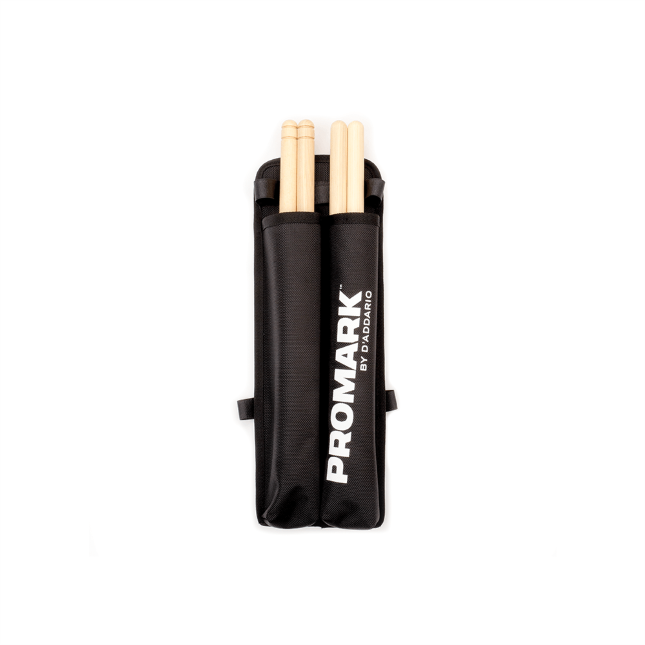Marching Percussion
Survival Guide
Between band camp, competition weekends, and late-season run-throughs, marching season can be rough on you and your gear. That’s why we created the D’Addario Marching Percussion Survival Guide: to help you stay ahead of the wear and the weather and face the season head on.
Essential Accessories
Explore our line of EVANS and ProMark marching gear, built for peak performance and designed to help you lock in, level up and lead the line.
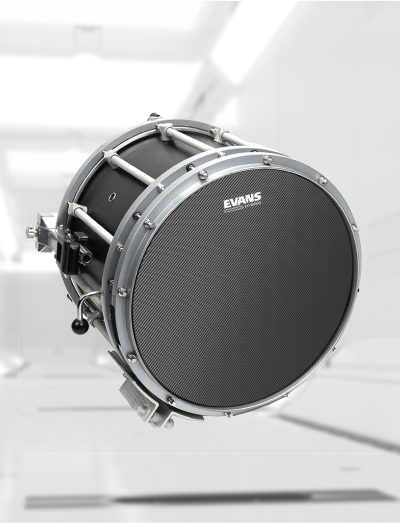
EVANS Hybrid Series Marching Snare Batter Head
Engineered for durability and a crisp, articulate sound, these high-quality snare batter heads are built to withstand the rigors of any marching performance.

EVANS System Blue Marching Tenor Head
Perfect for tenor lines seeking clarity and depth, these exceptional marching tenor heads deliver a warm, resonant tone with enhanced attack.
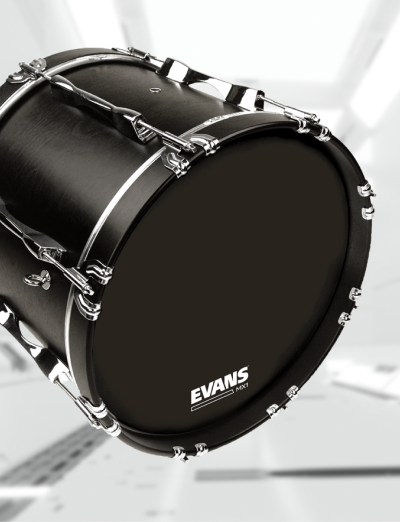
EVANS MX1 Marching Bass Drumhead
These marching heads are equipped with a unique tone damping system that enhances articulation and focuses low-end. A series of felt damping arcs can be manipulated for indoor or outdoor marching.
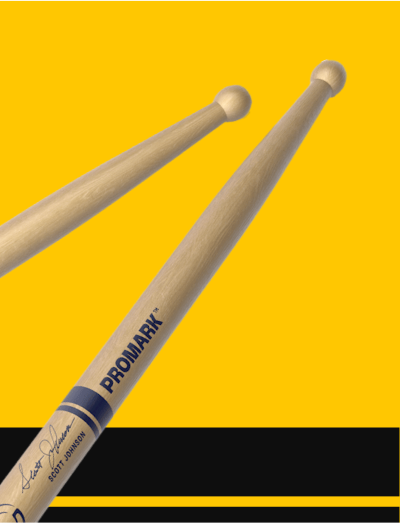
ProMark Marching Snare Drumsticks
Balanced for comfort and control, these first-rate snare drumsticks offer the durability and quick response players need for a dynamic performance.
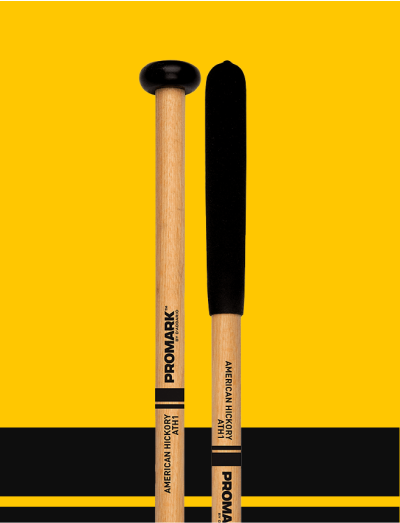
ProMark Marching Tenor Mallets
These premium tenor mallets are designed for durability and consistent tone across all tenor drums, ensuring a reliable performance.
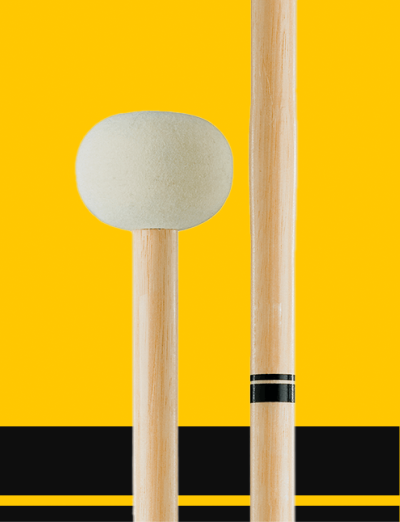
ProMark Marching Bass Drum Mallets
Crafted for power and precision, these expertly-made bass drum mallets provide the durability and punch needed for impactful bass drum parts.
Essential items like drum keys, stick bags, and maintenance tools to keep your equipment performance ready.
How To Tune Your Marching Snare Drum
1. Mount the top head and finger-tighten all tension to equal tension.
2. Using this sequential tuning method which aligns with the number of lugs on your drum, begin with ½ key-turns on each tension rod until the drum beings to resonate. Tap in front of each tension rod to ensure that it produces an identical clear tone.
![]()
3. We recommend tuning your snare-side (bottom) head to a "C-sharp" or "D" with a chromatic tuner.
4. The batter (top) head is typically tuned slightly lower in pitch than the bottom head.
5. Disengage the snare strainer and turn the drum upside down as illustrated. Place a pen between the snares and the drumhead so the snares can resonate freely.
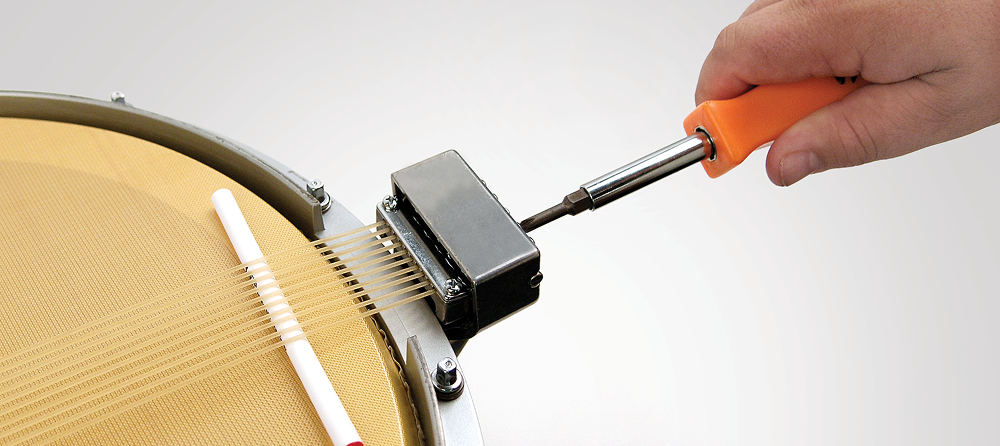
6. Remove the pen. Engage the snare strainer, turn the drum over, and rest on a stand.
7. Use the snare tension knob on the side of your drum to adjust the snare response until you reach your desired sound.
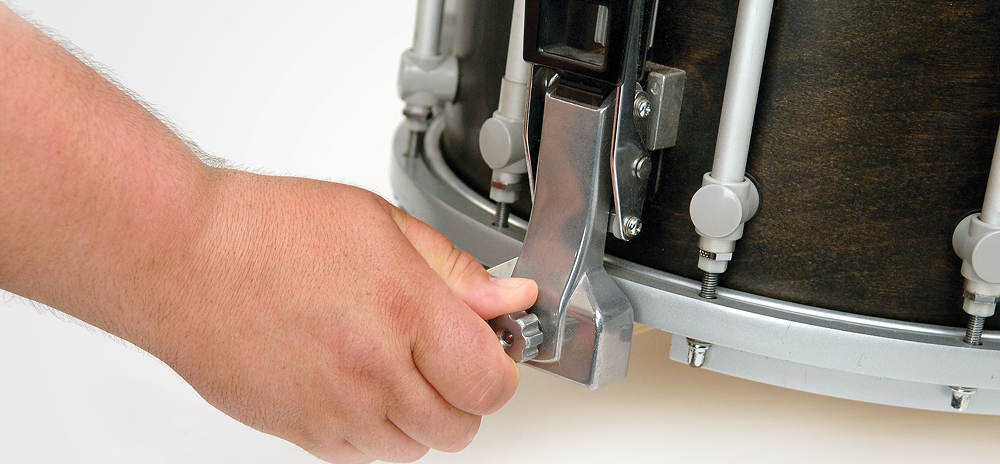
Pro Tip:
Beware of over-tightened snare drums. Aside from damage to the player’s hands and the instrument, marching snares that are tuned too high do not have a lot of projection and don’t blend well with other instruments.
